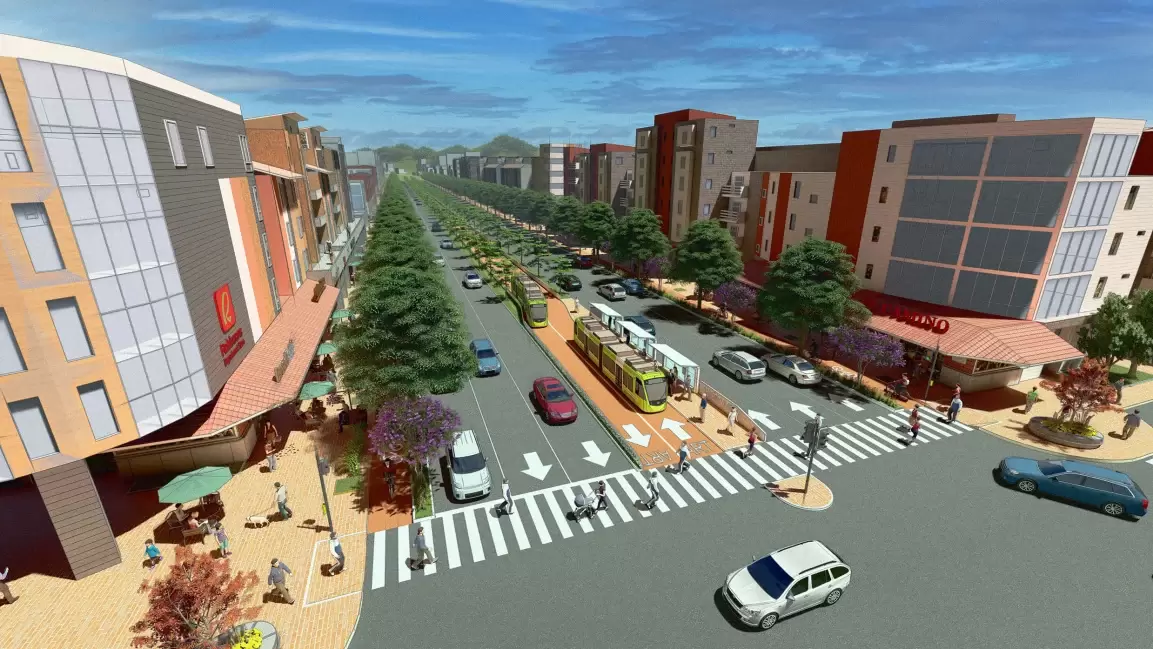|
Besides record low inventory levels and increasing lack of affordability for buyers? Turns out it's even more depressing than that.
Americans are finding themselves “increasingly locked into places that they wish to escape”. As residential mobility has gone down, "so have levels of happiness, fairness, and trust among Americans.” But how exactly could a decline in mobility lead to such bleak outcomes? When people move less, it affects culture. Staying in one place leads to an increased aversion to risk, suspicion of outsiders, and cynicism. Another way to frame it is comparing two different types of society, one where people move a lot versus one where they don’t. A “mobile society” is often linked to optimism and tolerance while a “stable society” is linked to security and a strong sense of difference between groups of people. As America has shifted towards the latter, this could explain much of what has happened to America’s political system in recent decades. We’ve become a less mobile society for many reasons—low income workers don’t have the financial freedom to move, many jobs require occupational licenses that are difficult to transfer across state lines, taxes and housing costs differ too greatly depending on geographical area, etc. While stability isn’t necessarily a bad thing, this could all lead to Americans growing up in a country where freedom of movement belongs only to the rich. Potential solution? Taking steps that would allow more mobility like loosening zoning restrictions that leads to increased construction and neighborhood change in the places that people want to move to. Might be costly but definitely worth it. If you've ever driven along the El Camino Real from San Francisco to San Jose, you’ve probably noticed the seemingly endless stretch of parking lots and strip malls that line the entire route. Well, get this—apparently there’s room for an estimated 250,000 new apartments along this road. Developers are trying to figure out how to make this happen as an attempt to alleviate the housing shortage.
Now let's be real, everyone loves a good strip mall. Where else can you do your grocery shopping, get a haircut, and pick up a burrito for lunch all in the same afternoon? So the goal here wouldn’t be to tear down every strip mall completely. Instead they suggest creating mixed-use buildings that would keep retail space on the ground level while adding apartments on top. California reportedly needs to build millions of new housing units to meet current demand. Governor Newsom pledged to build 3.5 million homes by 2025, but so far only around 100,000 homes are being built each year. Strip mall development might be a solid solution. |
Michaela ToAll things real estate. Categories
All
Archives
April 2022
|


